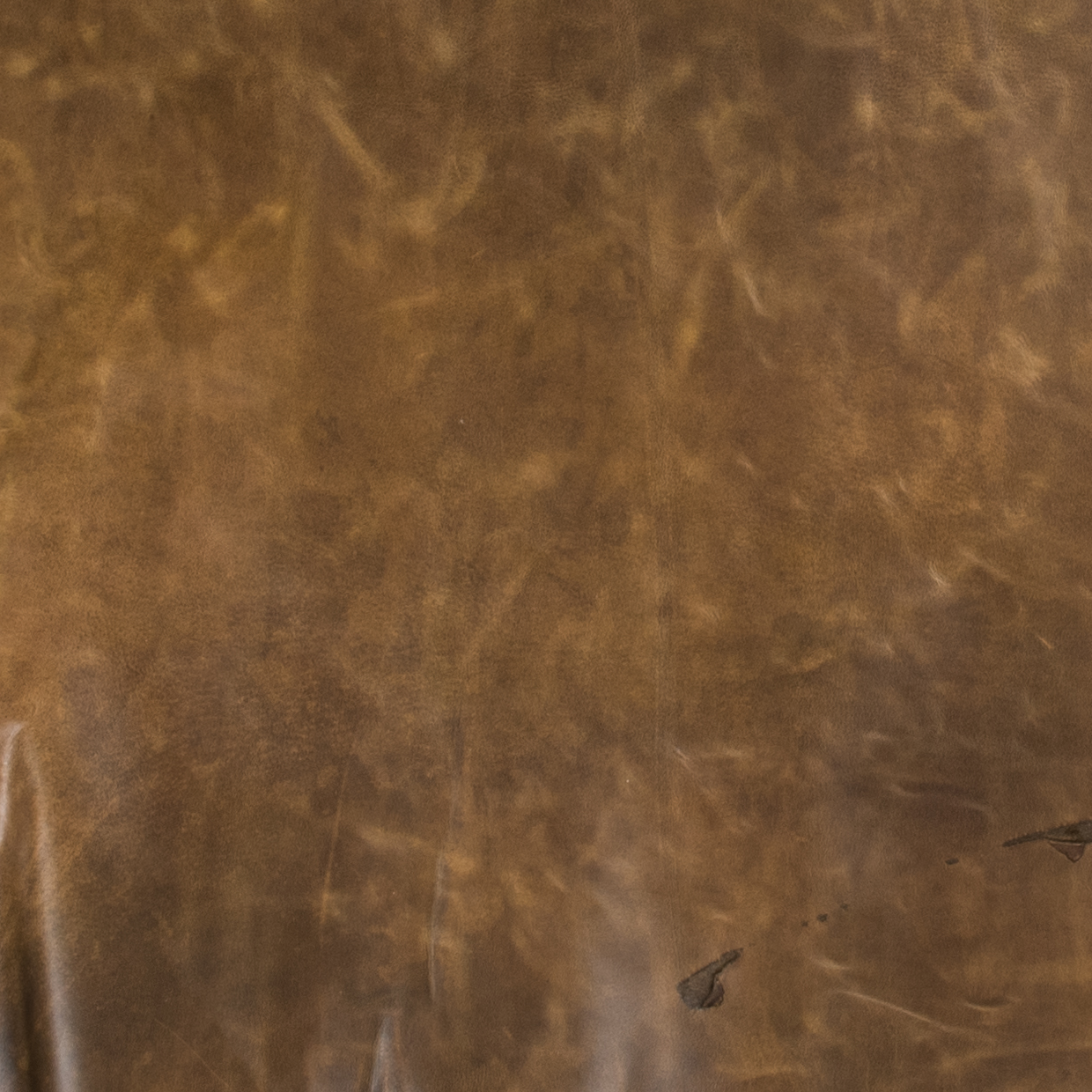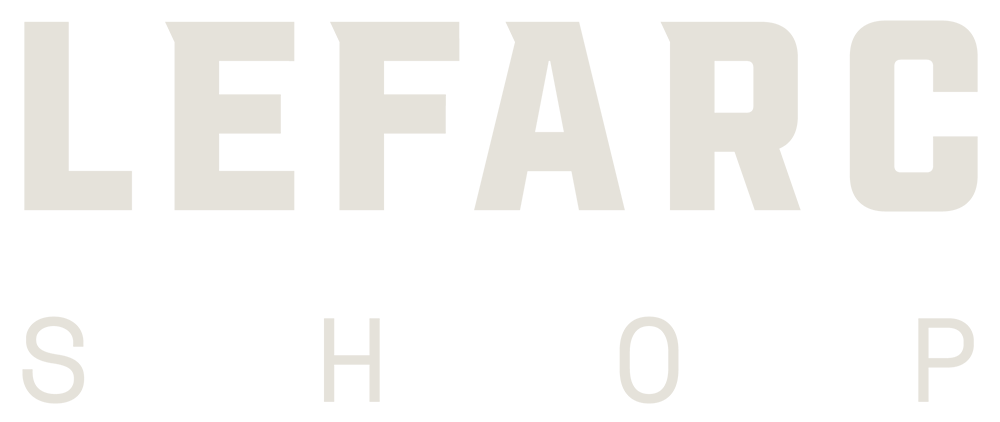Leather measurements
Full hide
Goat and lamb skin

Half hide
Splits
Full hide
Goat and lamb skin
Half hide
Splits




100% Natural
BENEFITS
OF LEATHER

Agile Acceleration
Long lasting
Reduces waste
It is recyclable and biodegradable

Go Further
Versatile
Comfortable
Beautiful
Luxurious
Full grain
Leather which has not been altered beyond hair removal. It is the most genuine of leathers, retaining all of the hide’s original texture and markings. The hide’s best, strongest and most durable layer.
Corrected grain
Leather that has been lightly buffed or skived to remove grain defects.
Grain
the distinctive pore pattern which gives leather its texture.
Crust
Leather that has been tanned, dyed and dried, but not finished.
Thickness
thickness of leather, measured in millimeters. Natural grain: when the skin is in its original state or has been embossed with a natural grain.
Finish
The surface appearance of a leather.
Chrome tan
This is the most popular method for tanning leather. Treatment is with a mix of minerals, salts and chemicals. Chrome-tanned leathers offer a wide variety of colors, including very bright ones.
Pigmented
Pigment is used to cover the entire surface of the hide, causing the total elimination of stains and uniformity of color. Pigmented leather is the most durable of all, ideal for upholstery since it has great wear resistance.
Pull up
Leather which absorbs creasing and stretching to give a vintage look.
Natural marks
Scratches, insect bites, holes in the central crease, scar, cattle brands and wrinkles are some of the most common natural marks.
Veg tan
Vegetable-tanned leather is treated solely with organic materials, such as tree bark, branches or plants. It is the oldest method of tanning leather and creates unique varieties of tones that change over time. Vegetable-tanned leathers achieve greater richness when exposed to elements such as air and wind.
Aniline leather
The process starts with soaking the hide in a transparent dye, which causes it to be completely saturated. No corrective finishing is done to the hide’s surface. Aniline finishing allows the natural look of the leather to be visible through the color, and occasionally variations in tone can be perceived. Since there is no corrective finishing, aniline leathers show some blemishes, but are usually the most distinctive in look and feel.
Semi aniline leather
The hide is soaked in dye, saturating the leather. As opposed to the aniline process, in this a protective finish is added to the leather’s surface, which means a reduction in stains. This method allows the natural characteristics of the hide to be visible and imparts durability to the leather.

